We have been taking part in 30 days wild for 5 years now and we have had so many great adventures, experiences and memorable wildlife encounters along the way. Every day in June we connect with nature by exploring the natural world around us, enjoying wild spaces, observing wildlife, learning, experimenting, making and baking as we go.
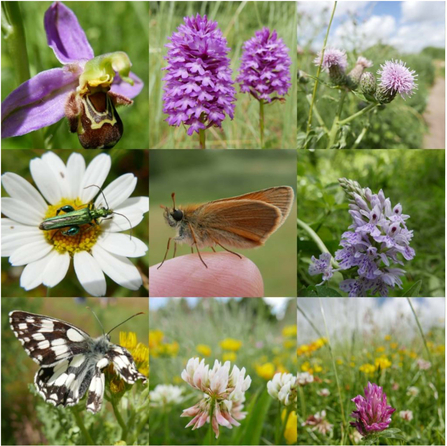
30 Days Wild 2022 © Gemma Paul
We are so incredibly lucky to have so many wonderful wild spaces on our doorstep, even though we live in a very built up urban area. During this years 30 days wild we got to enjoy exploring several local nature reserves, woodlands, meadows, parks, ponds, lakes, rivers, streams and shorelines. My sons both loved running wild, climbing, laughing and looking for wildlife along the way.
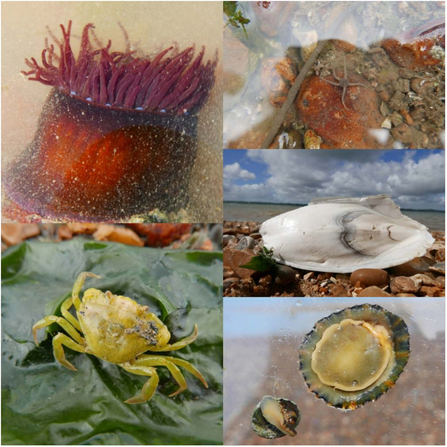
30 Days Wild 2022 © Gemma Paul
The only reason we have these beautiful spaces is because they have been protected and cared for future generations to enjoy. They are little pockets of wilderness, beauty and wildlife in an otherwise urban jungle. It is more vital than ever to protect these special places not only for the benefit of our own physical and mental wellbeing but also for the incredible wildlife that thrives in these areas.
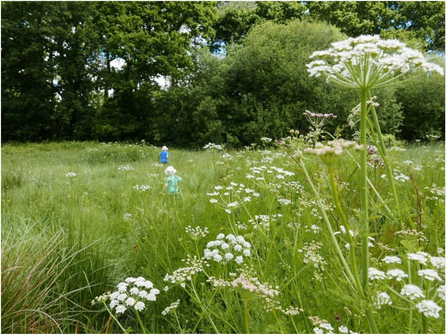
30 Days Wild 2022 © Gemma Paul
This year we also enjoyed the positive effects of connecting with nature for our mental health, with forest bathing, gardening, therapeutic walks and mindfulness. The two previous years of the pandemic really made us appreciate the importance of green and natural spaces in our lives. Being able to connect with nature is so important for our physical and mental wellbeing and many studies have shown that spending time outdoors in nature helps lower levels of anxiety, stress and depression in both adults and children. Yet sadly every year we are losing more and more of our wild spaces and natural habitats for wildlife.
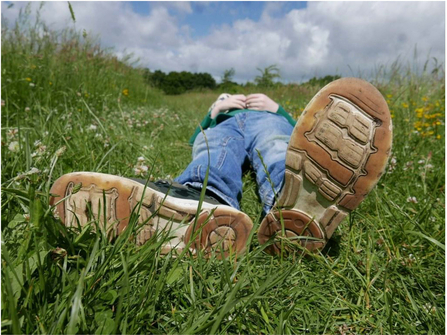
30 Days Wild 2022 © Gemma Paul
As wildlife habitats are in decline it's also more important than ever to make spaces for wildlife. Not only in nature reserves and parks but also in urban environments, like towns, cities, gardens and homes. Making a home for wildlife in our garden during each 30 days wild has already greatly increased the amount and diversity of wildlife we see on a daily basis. We now have a whole wealth of beautiful pollinating bees, butterflies, beetles, moths, hedgehogs, slow worms and frogs visiting and living in our garden. This year we also created a stag beetle hotel, put up an owl nesting boot, created a bat bog garden and planted even more flowering plants for pollinators.
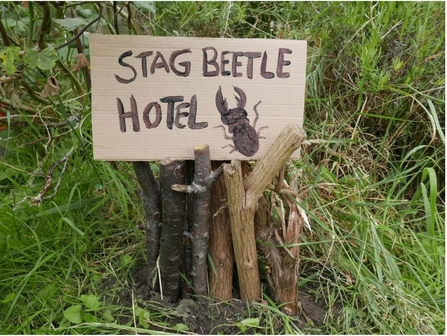
30 Days Wild 2022 © Gemma Paul
If everyone made small changes to their gardens and homes we could greatly increase the chances of survival for many endangered and important species of UK wildlife like hedgehogs and bats. Even by simply letting areas of grass grow long and wild in your garden to provide shelter or by letting weeds grow. What we think of as weeds are actually important plants and wildflowers that provide a vital source of food, shelter and egg laying spaces wildlife and pollinating insects. Roughly a third of the food we eat comes from plants that rely on pollination. Even medicines and materials like morphine, aspirin and cotton are derived from pollinated plants. Yet pollinator species across the world are in drastic decline due to widespread pesticide use and the loss of habitats.
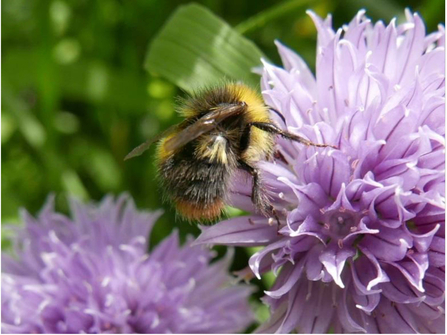
30 Days Wild 2022 © Gemma Paul
This year during 30 days wild we also sadly learned that it's not just pollinating insects that are in trouble!. Birds and bats also play a vital role in the environment by spreading seeds, pollinating plants, recycling nutrients and controlling pest populations, some birds also help to fertilising marine environments and clear up carrion preventing the spread of disease. Yet a shocking 12% of all known bird species are currently under threat of extinction as are numerous species of bats due to the damage and destruction of their natural habitats caused by humans, hunting, climate change and pollution.
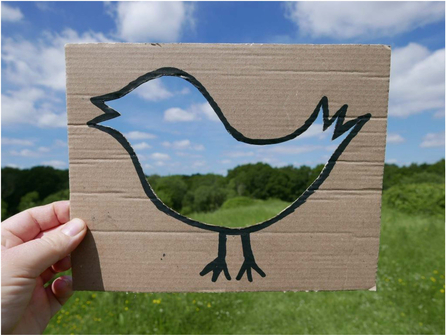
30 Days Wild 2022 © Gemma Paul
It is so easy to overlook take for granted the wildlife that is all around us and the important role each animal species plays in the environment. This year we learned that woodlice are amazing little recyclers that play a vital role in our environment and eco systems. They break down dead and decaying organic matter releasing the nutrients back into the soil as food for plants. They also provide an important source of food for wildlife like birds, toads, shrews, ground beetles and spiders. Woodlice are actually part of the crustacean family so they have blue blood that contains a copper based molecule called hemocyanin. They also breath through gills which need to be covered in a thin layer of water to work.
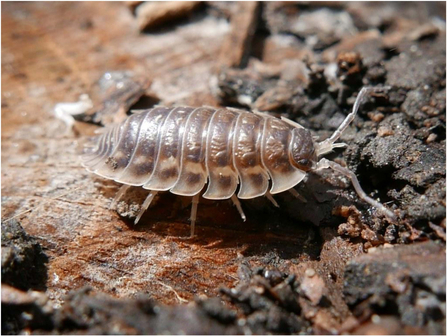
30 Days Wild 2022 © Gemma Paul
This year we also took part in a Bioblitz at a local nature reserve, enjoyed nature watch, and helped with several Citizen Science projects like the Big Seaweed Search and the Buzz Clubs Hoverfly lagoon project. Citizen science is when members of the public work together to gather (or analyse) data that helps with scientific understanding or research. It's a great way to help with conservation by expanding knowledge and understanding of the wildlife in your local areas. You might be surprised to find even the most urban spaces are teeming with wildlife when you take the time to look closely.
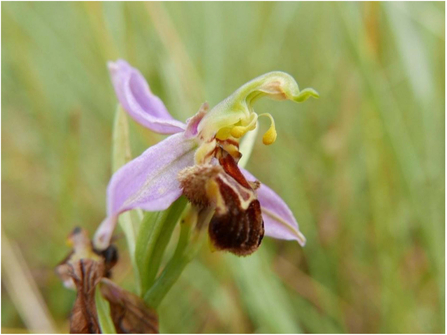
30 Days Wild 2022 © Gemma Paul
I was also devastated this year to see one of our local nature reserves absolutely littered with plastic again. It highlights the stark reality of the level of plastic pollution in our environment! And it should be a wake up call to changing the way we think about and use plastics in our daily lives. If we all reduced the use of plastic in our daily lives we would greatly decrease the amount of plastic pollution in the environment. Single use plastics are one of the biggest contributors to plastic pollution. By switching to environmentally alternatives you can avoid them entirely.
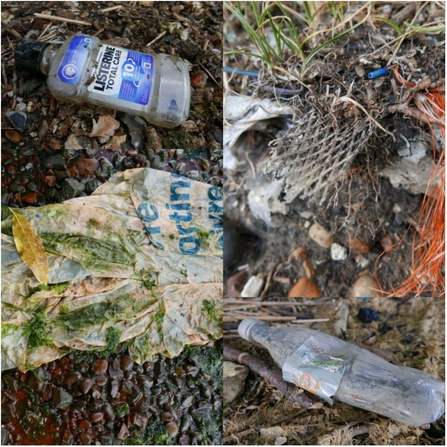
30 Days Wild 2022 © Gemma Paul
There are so many simple things you can do to help nature, from making your garden more wildlife friendly, litter picking, getting involved in conservation and going plastic free, to volunteering at local nature reserves, supporting wildlife charities , donating money and petitioning on behalf of environmental causes. But the most important thing you can do is share your passion and enthusiasm for it, show pictures, share stories, educate and encourage others to join in with you. We protect the things we care about, and in order to get society to care about nature we first have to get them to engage with the beautiful and amazing natural world all around them.
As always 30 days wild for me personally is very much about just that, encouraging others to enjoy and care about nature, raising awareness and passing on knowledge, promoting conservation and supporting our local nature reserves and wildlife charities, not just for 30 days wild but as something we embrace as part of our daily lives all year round. This year is no exception and we plan to stay wild 365 days a year. Already this July we have enjoyed meeting some marvellous moths caught at a local country park (they caught over 50 species in one night) as well as discovering and recording two new species (a wasp and a beetle) at our local nature reserve.
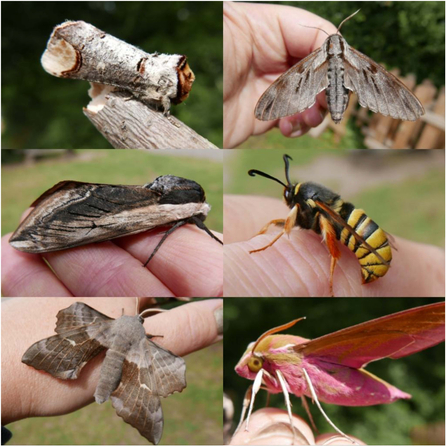
30 Days Wild 2022 © Gemma Paul
P.S. You might be thinking that the black and yellow insect pictured with the moths above is the wasp, but actually it is a fantastically clever day species of moth called the Luna Hornet Clearwing moth that mimics hornet markings to deter predators.
The full list of 30 Days Wild 2021 activities
1. 20 ways to make a home for wildlife in your garden.
2. 11 Daisy activity ideas and recipes + fun facts.
3. 20 Gardening activity ideas +STEM.
4. 14 Chive activity ideas and recipes + fun facts.
5. 8 Nature hunt activity ideas.
6. 10 Slug activity ideas + fun facts.
7. 22 Moth activity ideas + fun facts.
8. Nature numbers and math symbols.
9. Exploring trees and woods 30+ activity ideas.
10. 22 Butterfly and caterpillar activity ideas.
11. 8 Elder tree activity ideas and recipes
12. 21 Strawberry activity ideas and recipes
13. 10 Woodlice activity ideas + fun facts
14. 12 Ant activity ideas + fun facts
15. Exploring the shore 20 activity ideas
16. 30 Rose activity ideas and recipes
18. 10 Crab activity ideas + fun facts
19. 9. Mammal tracking activity ideas
20. 100+ Insect and minibeast activity ideas
21. 16 Beetle activity ideas + fun facts
22. 14 Hoverfly activity ideas +fun facts
23. 33 Bird activity ideas + fun facts
24. 14 Spider activity ideas + fun facts
25. 15 Nature therapy and mindfulness activity ideas
26. 11 Bat activity ideas + fun facts
27. 8 Rain science activity ideas
28. 21 Lavender activity ideas and recipes

